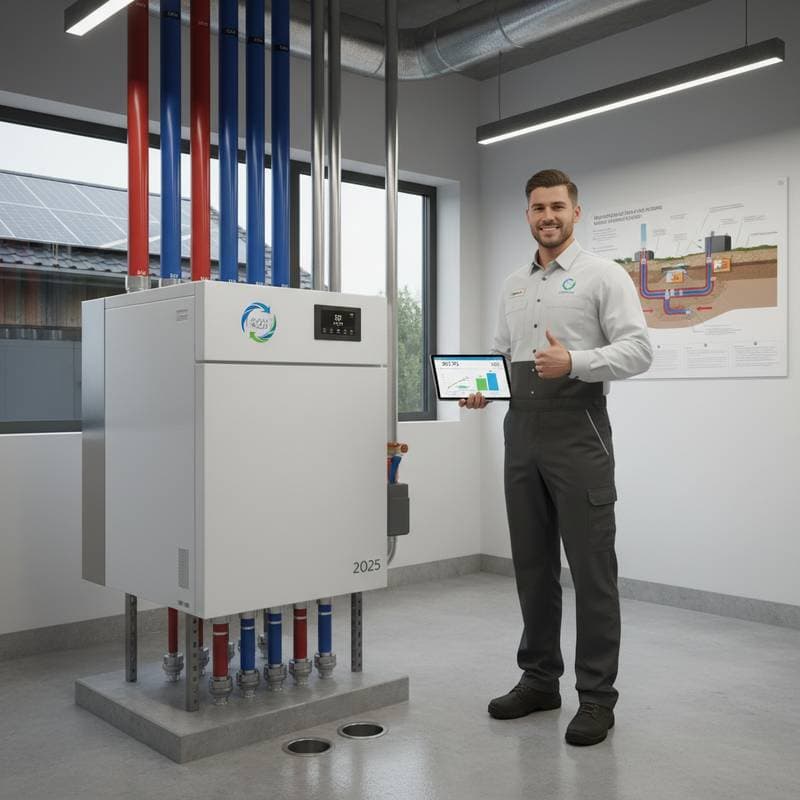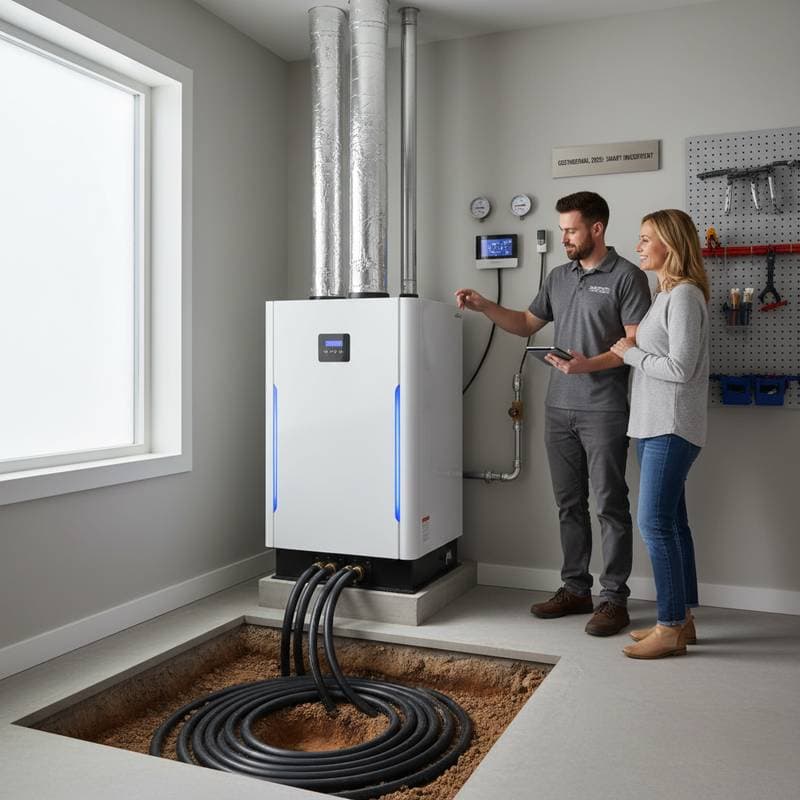Understanding Transparent Solar Windows
Transparent solar windows represent a breakthrough in renewable energy technology. These innovative panes integrate photovoltaic cells directly into glass, allowing natural light to pass through while capturing invisible wavelengths of sunlight to generate electricity. Homeowners can replace standard windows with these without sacrificing views or daylight, turning a passive building element into an active power source.
The technology relies on advanced materials like perovskites or organic photovoltaics, which are nearly invisible. Unlike traditional opaque solar panels, these windows maintain transparency levels up to 90 percent, ensuring they blend seamlessly into architectural designs. This fusion of aesthetics and functionality addresses common barriers to solar adoption, such as visual clutter.
How Transparent Solar Windows Generate Power
At their core, these windows function like miniature solar farms embedded in glass. They absorb ultraviolet and infrared light, converting it into usable electricity through a process similar to conventional solar cells. Visible light, responsible for illumination, passes through unaffected, preserving the room's brightness.
A typical installation on a south-facing window in a moderate climate might produce 5 to 10 watts per square foot. For a standard home with 200 square feet of suitable window space, this could yield 1,000 to 2,000 kilowatt-hours annually, depending on location and sunlight exposure. This output offsets a significant portion of household electricity needs, particularly for lighting and appliances.
Efficiency rates currently range from 5 to 15 percent, lower than rooftop panels at 20 percent or more. However, ongoing research aims to boost this figure, with prototypes reaching 20 percent transparency-adjusted efficiency. Integration with smart home systems further optimizes output by adjusting tinting to maximize energy capture during peak sun hours.
Cutting Energy Bills: Real-World Savings
One of the most compelling advantages is the potential to reduce utility costs. By generating on-site power, these windows decrease reliance on the grid, leading to lower monthly bills. Estimates suggest annual savings of up to 800 dollars for an average household, based on U.S. energy prices and moderate solar exposure.
Consider a family in a sunny region like California. Installing transparent solar windows across multiple rooms could cover 20 to 30 percent of their electricity use, translating to hundreds of dollars saved yearly. Over a decade, this compounds, especially as energy rates rise. Additional perks include enhanced insulation properties, which minimize heat loss in winter and gain in summer, further trimming heating and cooling expenses.
Savings vary by factors such as home size, local incentives, and window coverage. In areas with net metering policies, excess power fed back to the grid can yield credits, amplifying financial returns. Homeowners should calculate personalized projections using online solar calculators tailored to window-based systems.
Design and Installation Considerations
Aesthetic appeal sets these windows apart from bulky alternatives. Available in various tints and finishes, they mimic traditional glass while offering customizable transparency. Architects praise their versatility for modern builds or retrofits, from urban apartments to suburban homes.
Installation mirrors standard window replacement but requires certified professionals familiar with solar integration. The process involves assessing structural compatibility, electrical wiring for inverters, and compliance with building codes. Most systems connect to existing home panels, with minimal disruption lasting a few days.
Upfront costs range from 1,000 to 3,000 dollars per window, higher than conventional glass due to embedded technology. Full-home retrofits might total 20,000 to 50,000 dollars, but federal tax credits covering 30 percent can offset much of this. Longevity spans 20 to 25 years, with warranties covering performance degradation below 80 percent output.
Environmental and Practical Benefits
Beyond finances, these windows contribute to sustainability goals. They reduce carbon footprints by displacing fossil fuel-based electricity, potentially cutting emissions by 1 ton per year per household. Their slim profile avoids the land use demands of ground-mounted solar arrays, making them ideal for dense urban settings.
Practical enhancements include improved energy independence during outages, as integrated batteries store generated power. They also support smart building features, like automated shading to prevent overheating. For eco-conscious families, this technology aligns with broader efforts to lower household environmental impact without lifestyle compromises.
Challenges remain, including higher initial investment and dependence on direct sunlight. Shading from trees or buildings can reduce efficiency, so site assessments are crucial. Maintenance is straightforward, involving occasional cleaning to ensure optimal light capture, similar to regular windows.
Steps to Adopt Power-Generating Windows
-
Evaluate your home's potential: Measure south-facing window areas and review local sunlight data to estimate output.
-
Research providers: Compare options from companies specializing in transparent photovoltaics, focusing on efficiency ratings and warranties.
-
Consult experts: Hire a solar architect or installer for a site visit to discuss integration and costs.
-
Explore financing: Apply for rebates, loans, or tax incentives to make the investment feasible.
-
Plan the upgrade: Schedule installation during off-peak seasons to minimize inconvenience.
-
Monitor performance: Use companion apps to track energy production and savings post-installation.
Following these steps ensures a smooth transition to solar-powered living.
Long-Term Value for Sustainable Homes
Transparent solar windows offer enduring benefits that extend far beyond immediate savings. They future-proof homes against rising energy costs and regulatory shifts toward renewables. As technology matures, resale values may increase for properties equipped with such features, appealing to environmentally aware buyers.
This innovation transforms windows from mere barriers into contributors to energy resilience. Homeowners gain not only financial relief but also a tangible role in combating climate change. Embracing this technology positions residences as efficient, forward-thinking spaces ready for tomorrow's challenges.









